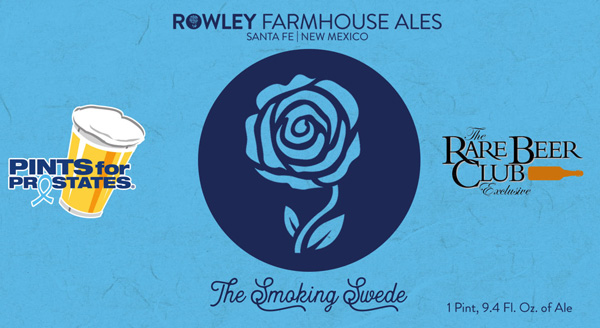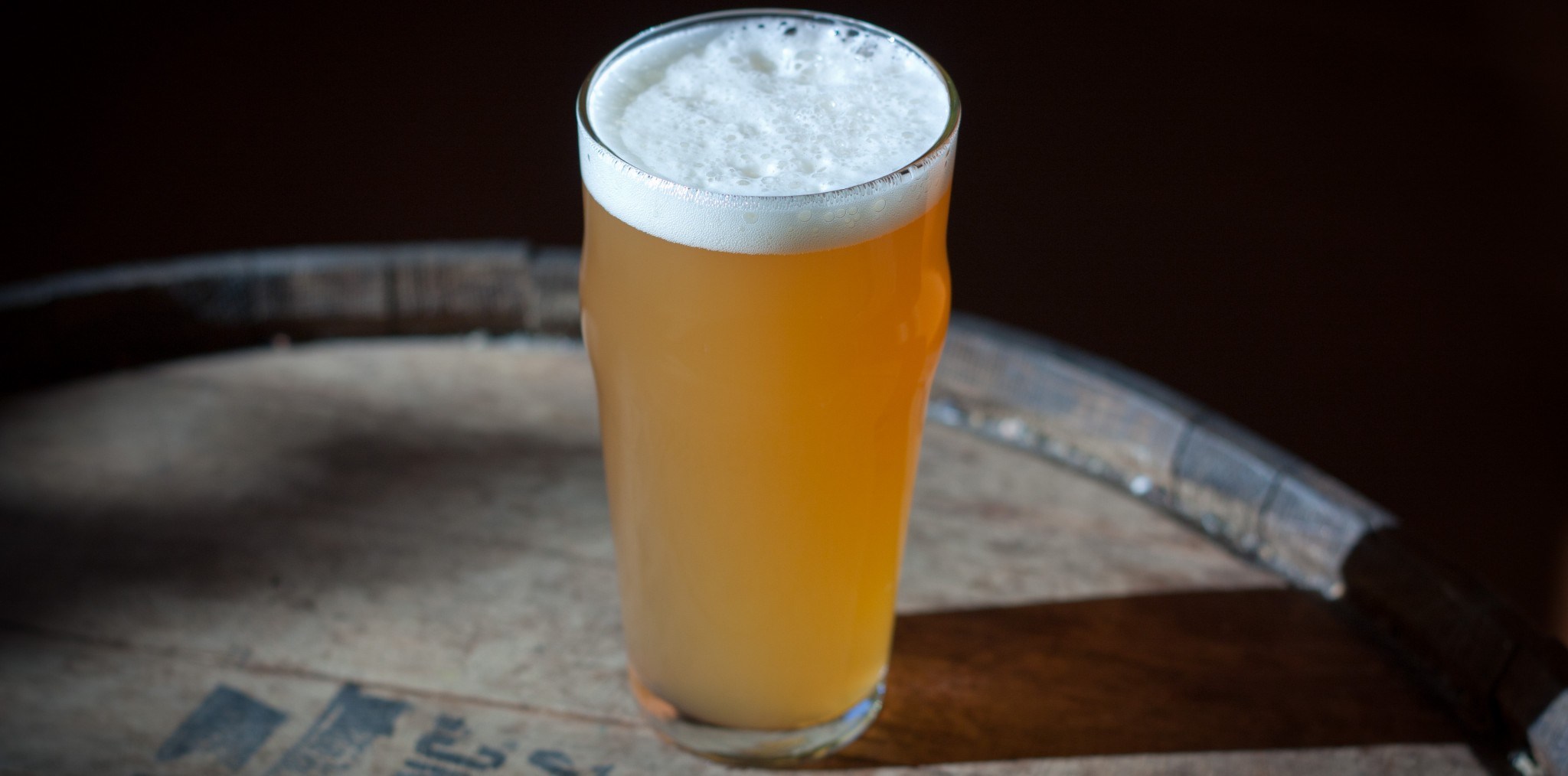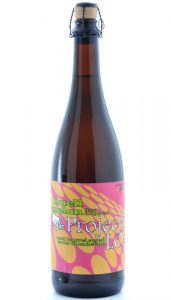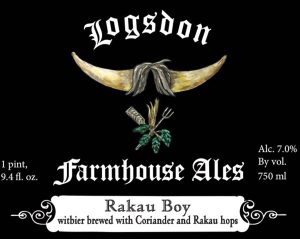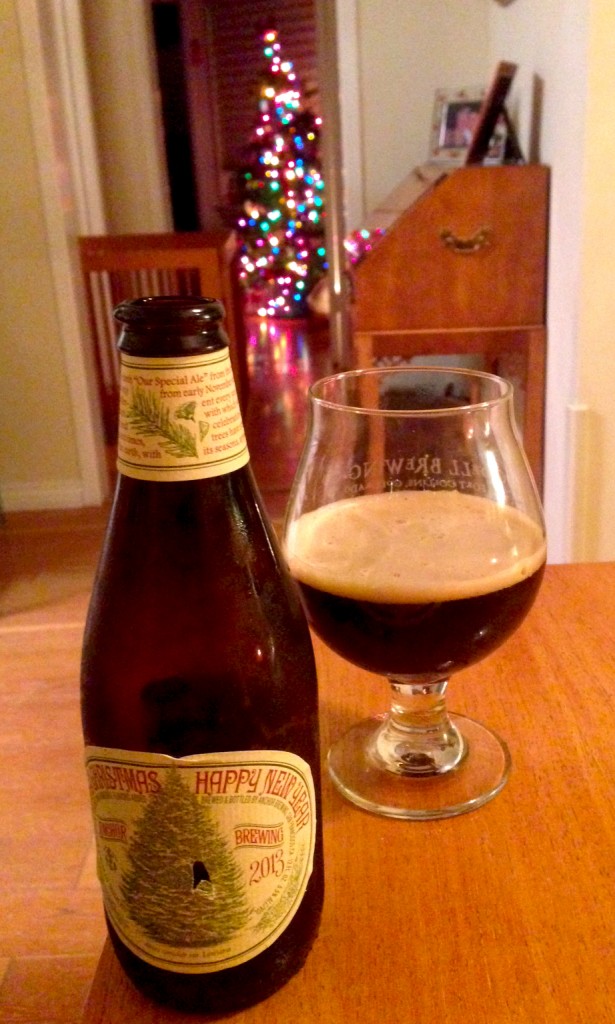 Tradition #1: Pick a kick-ass holiday seasonal beer and hoist that baby every year when you’re hanging your lights
Tradition #1: Pick a kick-ass holiday seasonal beer and hoist that baby every year when you’re hanging your lights
Let’s face it, hanging lights sucks. It’s a cold, lonely, and thankless job, but it doesn’t have to be that way. Each year, I put down 3-4 bottles of Anchor’s Christmas Ale, which more than likely makes a 2-hour job into a 3-hour job, but ever since I started this tradition, I look forward to hanging those babies. This year, a good buddy donated some aged samples for the cause, and I have some going back as far as 2005, so it may be a 5-hour job when it’s all said and done.
Our legal team would like us to inform you that MonthlyClubs.com® and The Rare Beer Club® in no way endorse drinking while hanging Christmas lights, i.e. don’t be climbing any ladders with a few winter warmers in your gullet!
Tradition #2: Share a massive ABV, barrel-aged beer with someone who claims to not like beer
I love doing this, and as a member of The Bruery’s Reserve Society for a couple of years, far too often I’d bust out some variation for Black Tuesday, their 19-20%+ ABV bourbon-barrel aged Russian Imperial Stout, on some unsuspecting non-believer. Most are shocked and had no idea that beer could be so good. It’s fun. Give it a try.
Tradition #3: Buy & drink five new holiday seasonal beers you’ve never tried
This one may be a no-brainer and add no value to the reader what so ever, but I felt inclined to point out the obvious. We’ve all got our favorite go-to’s. Set sail from that safe harbor and challenge your palate a bit on a couple of styles. Maybe plan to drink one each Friday leading up to the 25th…Or whenever you’re thirsty. You can even make it fun by creating a Craft Beer Advent Calendar stuffed with holiday and winter beer styles you’ve never tried.
Tradition #4: Find one of your favorite holiday beers on draft at a cool bar and kick it with your favorite peeps
I used to live on Balboa Island in my 20s and we’d hit this sweet beach bar called The Saloon on the Peninsula every year in late November to lap up many, many pints of Anchor’s Christmas Ale over few games of darts and pool. It doesn’t get much better. Damn, Anchor’s getting some good press outta me today.
Tradition #5: Buy a magnum of something cool and bring it to a party
So this one has the benefit of not only making you look like some kind of super stud when you show up with a magnum in hand when everyone else is sporting a bottle of wine, but also ensures that you’ll be drinking good beer for at least the first 2-3 beers…Stay close to the prize.
Do all five traditions, Grasshopper, and it is time for you to leave… the year behind.
Prost!
Kris

